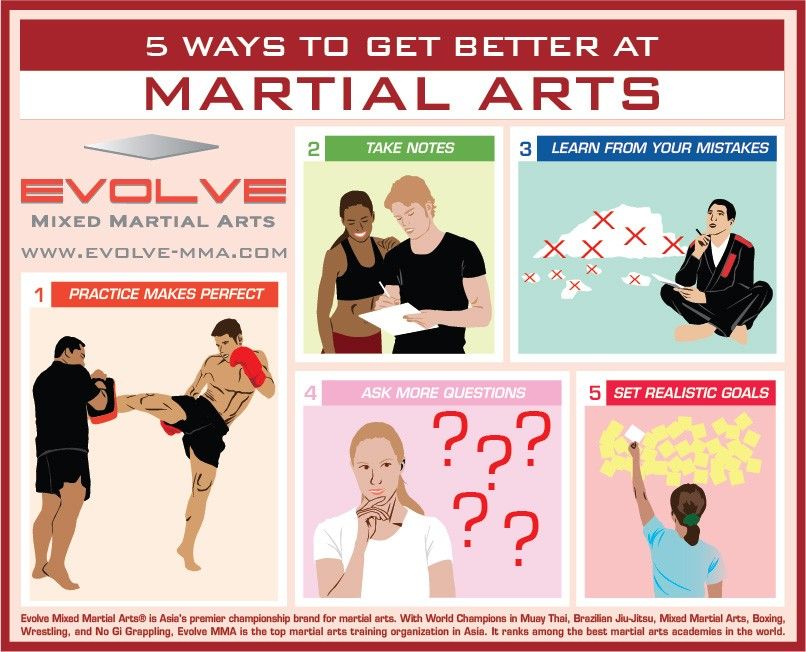Martial arts have a remarkable background that extends centuries and continents. You may discover it intriguing just how old methods like Shuai Jiao and Kalaripayattu prepared for modern-day combat strategies. These self-controls not just stress physical abilities yet also mirror the societies that birthed them. As you discover their development, think about just how globalization has transformed these conventional kinds right into hybrid styles. What impacts do you believe have formed today's martial arts landscape?
Ancient Martial arts: The Structures of Fight
As you delve into the world of old martial arts, you'll find the abundant structures that formed combat techniques throughout societies. Very early methods focused on Self-Defense and survival, commonly including strikes, hurting, and weapons.
In old China, for instance, techniques like Shuai Jiao highlighted tosses and joint locks, while India's Kalaripayattu showcased dexterity and liquid motion. https://chinesekidsmartialartsont54219.kylieblog.com/34960101/participating-in-martial-arts-can-build-your-child-s-confidence-however-what-shocking-gains-could-they-experience-throughout-this-transformative-adventure established Kenjutsu, a refined swordsmanship that highlighted discipline and technique.
These martial arts served not just for fight however also as a means of individual growth, instilling values like regard and perseverance. The blending of these methods over time prepared for the diverse martial arts you see today, each mirroring the distinct philosophies and demands of its society.
The Cultural Impact on Martial Arts Growth
While martial arts commonly reflect the practical needs of a culture, they additionally embody the cultural values and ideas of their origins. When you check out various martial arts, you'll discover how they're influenced by religion, approach, and social norms.
For example, the focus on respect and technique in Japanese martial arts comes from Zen Buddhism and samurai culture. In contrast, Brazilian Jiu-Jitsu promotes flexibility and approach, shaped by the requirement for efficiency in a diverse, modern atmosphere.
origin of martial arts in india could locate that the routines, attires, and training methods reflect a neighborhood's history and identity. By recognizing these cultural influences, you strengthen your recognition of martial arts and their role fit human experiences around the world.
Modern Adaptations and the Globalization of Martial arts
Martial arts have actually changed considerably in recent years, adapting to modern society and worldwide influences. You'll discover that traditional types have mixed with contemporary strategies, creating hybrid styles like MMA. These adaptations accommodate varied audiences, making martial arts obtainable and attractive around the world.
With the surge of social media sites and digital systems, you can locate tutorials and competitions from all edges of the globe, breaking geographical obstacles. This globalization has caused a common recognition for numerous disciplines, from Brazilian Jiu-Jitsu to Taekwondo.
As you involve with these arts, you'll recognize they're not almost battle; they promote health and fitness, discipline, and psychological wellness.
Eventually, contemporary adaptations have enhanced the martial arts landscape, making it a vibrant and developing practice.
Final thought
In exploring the history and advancement of martial arts, you discover a remarkable blend of strategies, cultures, and philosophies. From ancient disciplines like Shuai Jiao and Kalaripayattu to the modern-day versatility seen in MMA, martial arts reflect mankind's pursuit for Self-Defense and personal growth. As you engage with these techniques, you not just obtain abilities yet also a deeper recognition for the diverse customs that form our world today. So, proceed your journey and accept the art of fight!
